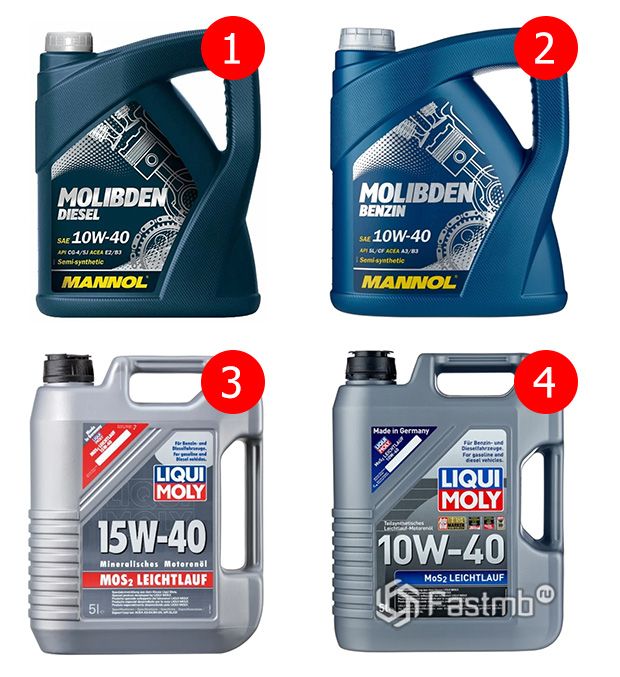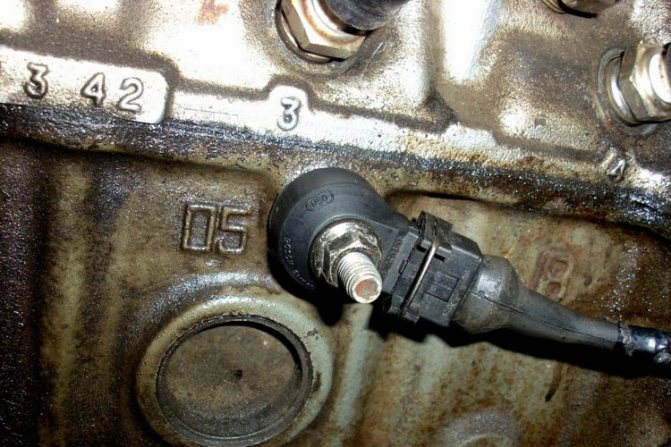
Motor oil with molybdenum: pros and cons
Content
It so happened that many consider the presence of molybdenum additives in motor oil as a sign of high quality and a panacea for all ills. But it is not entirely clear why then it is not used by all oil manufacturers without exception. Obviously, not everything is perfect there, there are drawbacks and limitations.

What is molybdenum, element characteristics
This is an ordinary metal, rarely used in its pure form, but quite valuable as alloying additions to alloys.
It has nothing to do with oils at all, since it is not the metal itself that is used there, but its chemical compounds, that is, substances that are completely different in their properties.
The whole story with molybdenum began after the special properties of its compound, namely, disulfide, were noted as an effective anti-friction and extreme pressure lubricant for especially loaded friction units.

The molecules of this substance created an additional slippery layer on the metal surface, working even when the film of oil or grease was completely squeezed out of the gap. Friction in contact between two metals destroyed both surfaces as a result of local overheating or mechanical damage.
Molybdenum disulfide works at the molecular level. Sulfur atoms, strongly connected to the atoms of the filler metal and poorly interacting with the material of the rubbing surfaces, create a kind of dry lubrication medium, which protects metals and improves sliding.
Why is molybdenum in motor oil
Molybdenum disulfide is successfully introduced into engine oil, where it is stable and can remain in the form of a suspension for a long time, being itself a solid substance and not dissolving in petroleum products and other organics, including fairly aggressive additive substances, of which there are a great many in high-quality oil .
The working layer of the substance on the surfaces of the engine is very thin, therefore it does not have a significant effect on the geometry of the gaps. The connection passes through oil filters without forming coarse particles that can create clogging, and, moreover, it does not reduce the cross section of the oil-conducting channels.

In this case, the additive molecules form a second protective boundary on all parts. The first is formed by an oil film, but it has limited strength.
At high specific pressure, which is always present in especially loaded friction pairs, the film breaks and two metal parts come into contact. The temperature instantly rises, mechanical or thermal scuffing of surfaces occurs. The attachment avoids this.

Such additives played a special role in those conditions when the engines could experience oil starvation when operating in emergency conditions.
For example, motors of military equipment damaged during combat use.
In civilian cars, this is not expected. Here, the energy-saving effect comes to the fore, when in critical oil starvation conditions, for example, low revs and heavy load, the friction coefficient does not increase and fuel consumption remains normal.
Pluses of an additive
At present, molybdenum-based inorganic substances are almost never used in high-quality motor oils, they have been replaced by organics.
Substances used are referred to as MoDTC or MoDTP, these are more effective friction modifiers, capable under certain conditions even of alloying the rubbing surfaces of metals with molybdenum atoms.

To the already known anti-friction properties, the effect of hardening the surfaces is added, between which there remains a strong and slippery additional layer of solid lubricant. These substances are more stable and give new properties to motor oils.
This is especially important for low-viscosity seasonal and energy-saving oils used at low temperatures, the film of which does not have a high base strength. Although these compounds are often added to more traditional products, but in smaller quantities.
The stability of the boundary layer is ensured by its dynamic renewal. The additive molecules are constantly contained in the composition of the oil and the protection is updated as its molecules are consumed in the friction zone.
Therefore, you should not believe statements that call for once to process the engine, creating protection that works even after changing the oil to normal. The timing of the renewal of the lubricating product should not be violated, no matter what properties it possesses.
Cons additives
The main problem may be the very reluctant attitude of engine manufacturers to additives based on molybdenum.
In addition to positive properties, such substances have fatal flaws, therefore, automotive companies practically do not test products, they are quite satisfied with the products for which their engines were originally designed and created.
- First of all, manufacturers are concerned about the increased ash content of metal-containing additives. At high temperatures and under the influence of oxygen, they form deposits on engine parts, up to coking of piston rings.
In modern high-performance engines, this is already a weak point. It is much easier to use synthetic components of additives based on complex esters or even Teflon for the same purposes.
- The second big drawback was the reaction of molybdenum compounds with calcium, which is widely used in high-quality oils.
Coarse particles of insoluble compounds are formed, clogging the filters and leading to general engine pollution.
Problems have no solution, therefore, many molybdenum-containing substances are directly prohibited for use, up to the legislative level. And it’s generally unrealistic to get an automaker’s approval for such oils. Products are distributed only in the form of separate oil additives.
How to choose a good car oil
When selecting oil, you must focus solely on the tolerances of the car manufacturer. The required code is indicated in the instruction manual and must match one of the tolerances listed on the oil canister.
This will mean that the product has passed all the necessary tests and has proven itself from the best side.
The number of parameters by which the oil is checked is very large, you cannot focus only on its viscosity and the manufacturer's assurances that it is suitable for any type of engine.
All motors are different, and often they use unique technical solutions that require strictly defined properties of the lubricating agent.
Do not think that everything is limited only by a low coefficient of friction, oil is a very complex high-tech product.

One comment
Antonio
Molybdenum is great but you only have to use a small amount, using 5 liters of it is not good, I know because I've already tested it a lot. Just use a little bit and it works miracles.